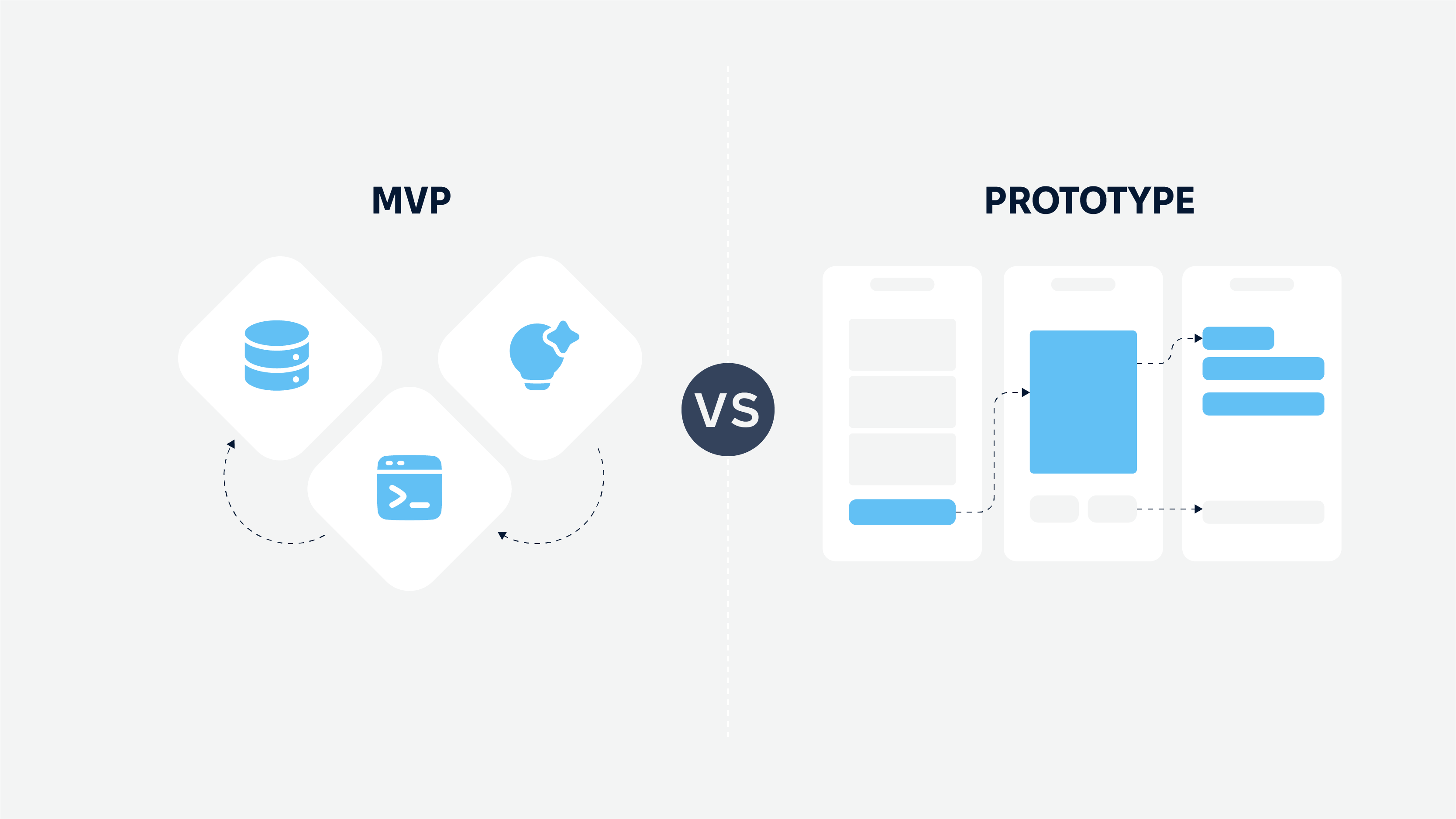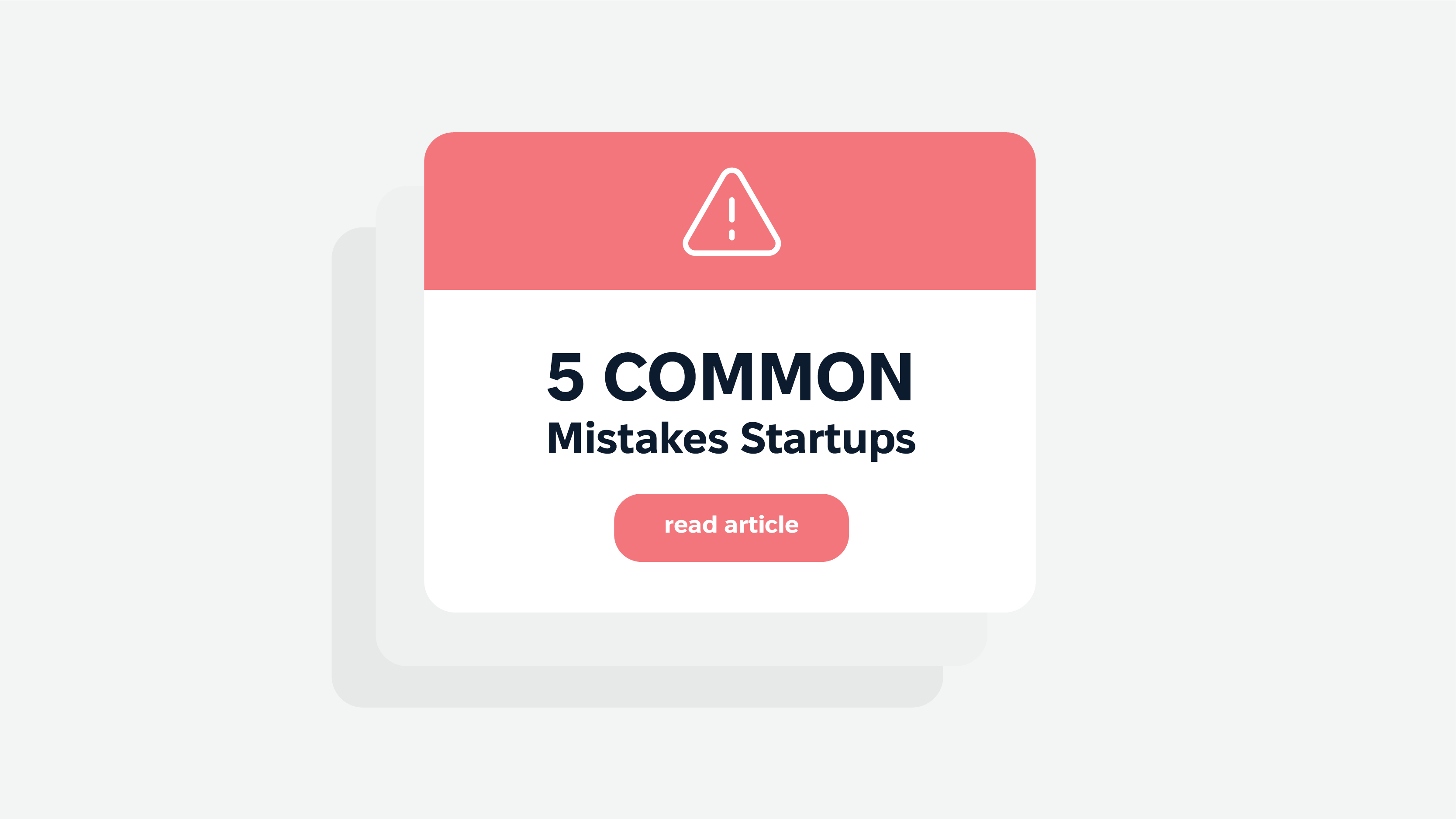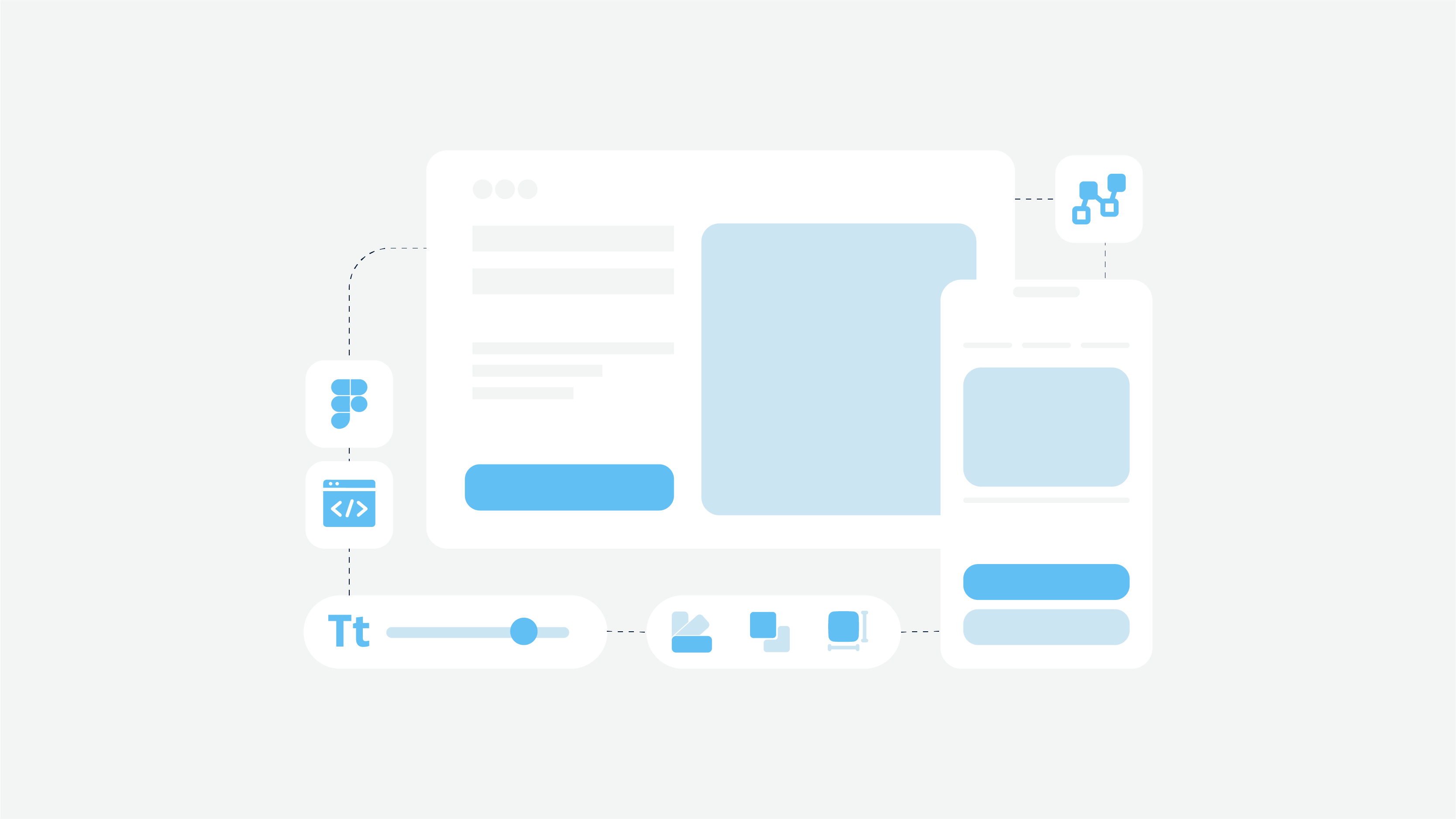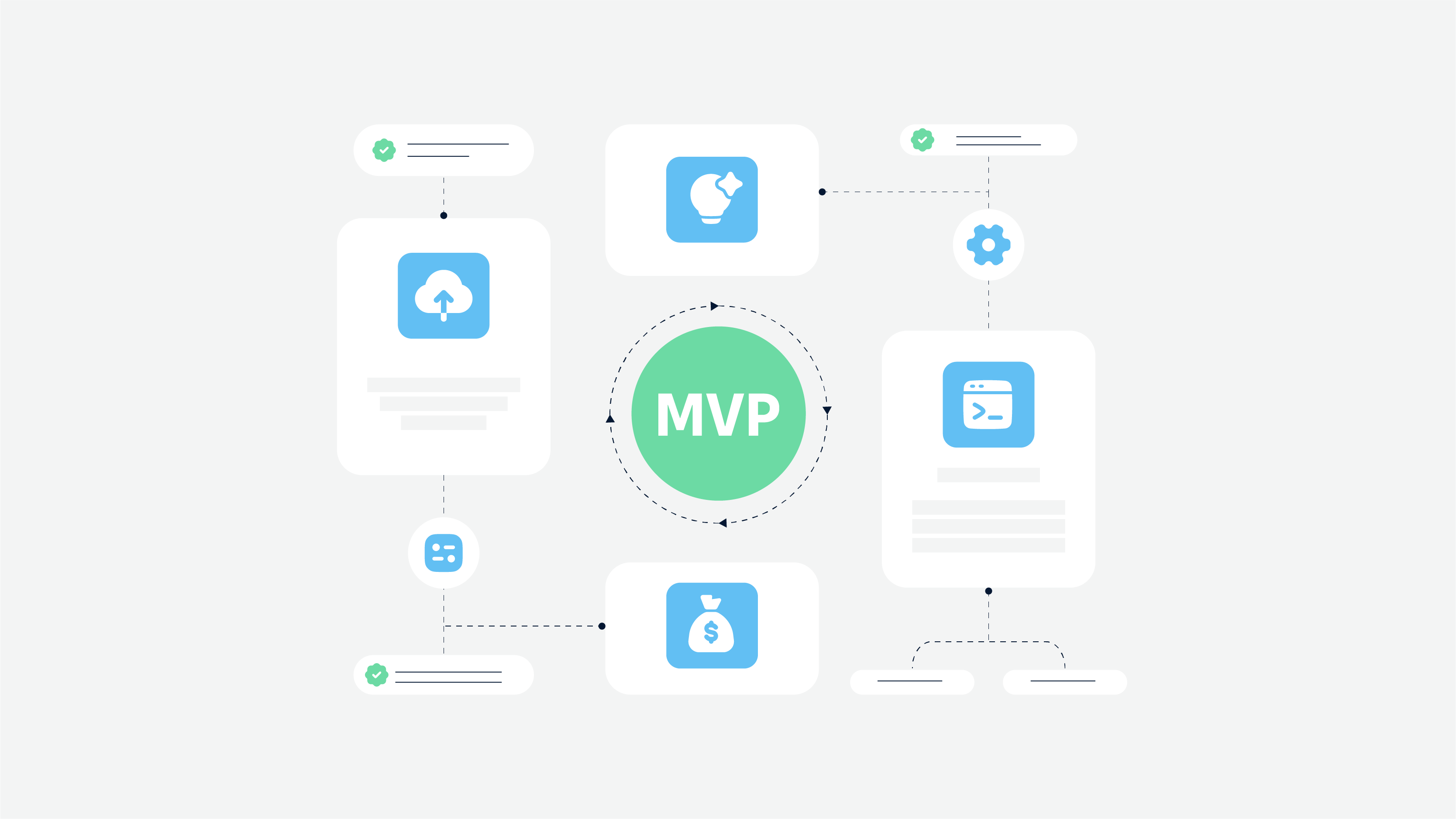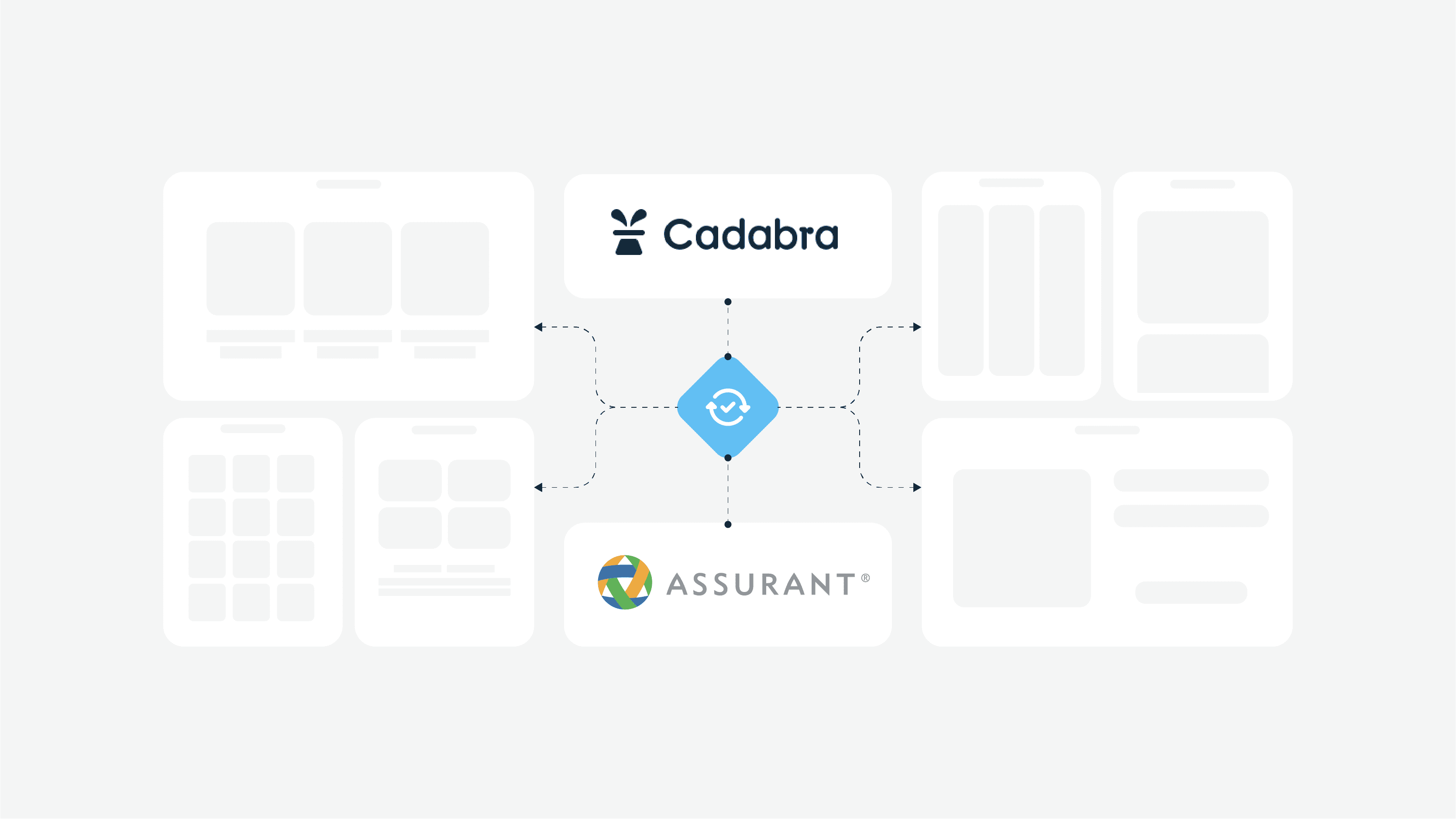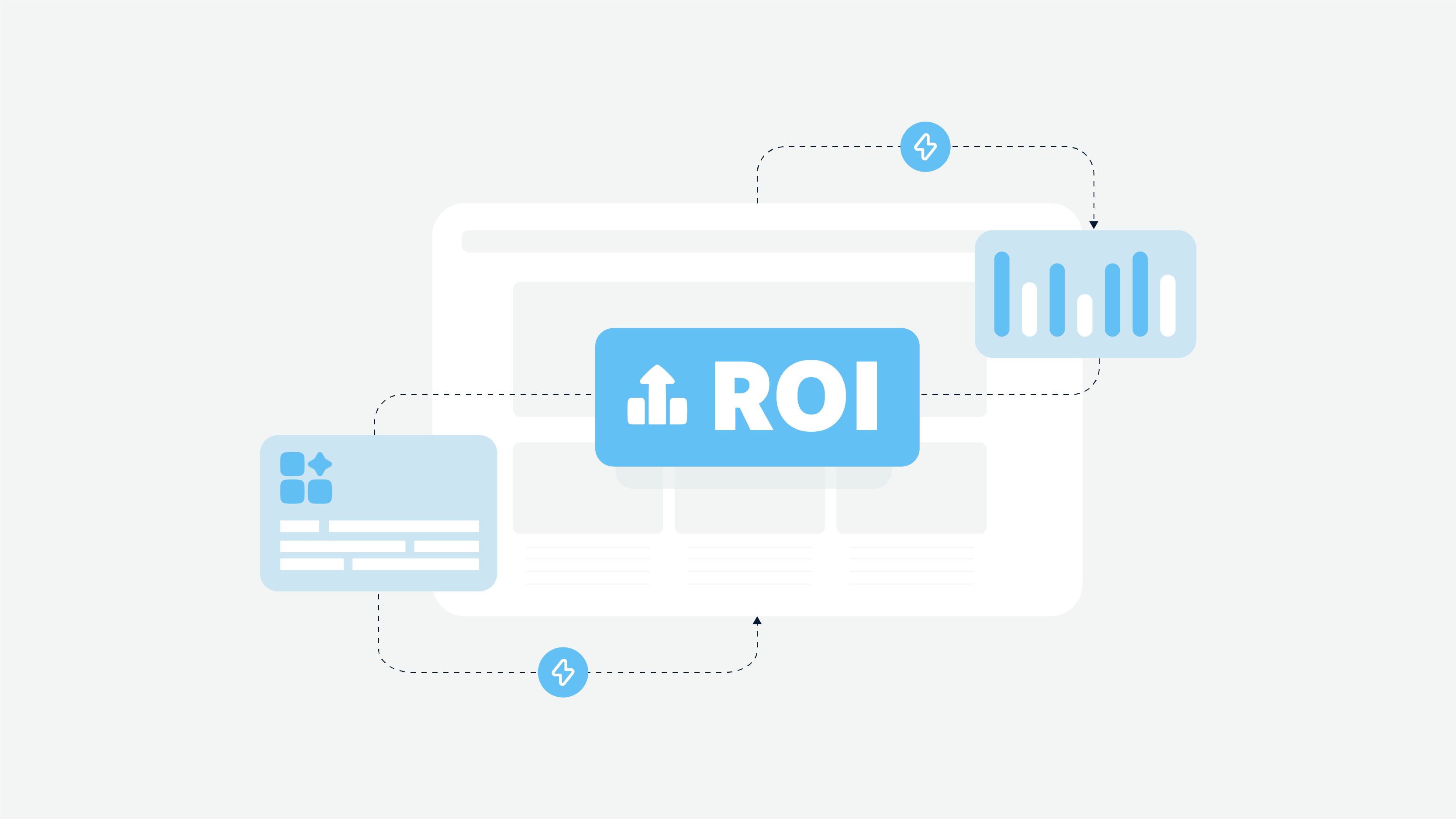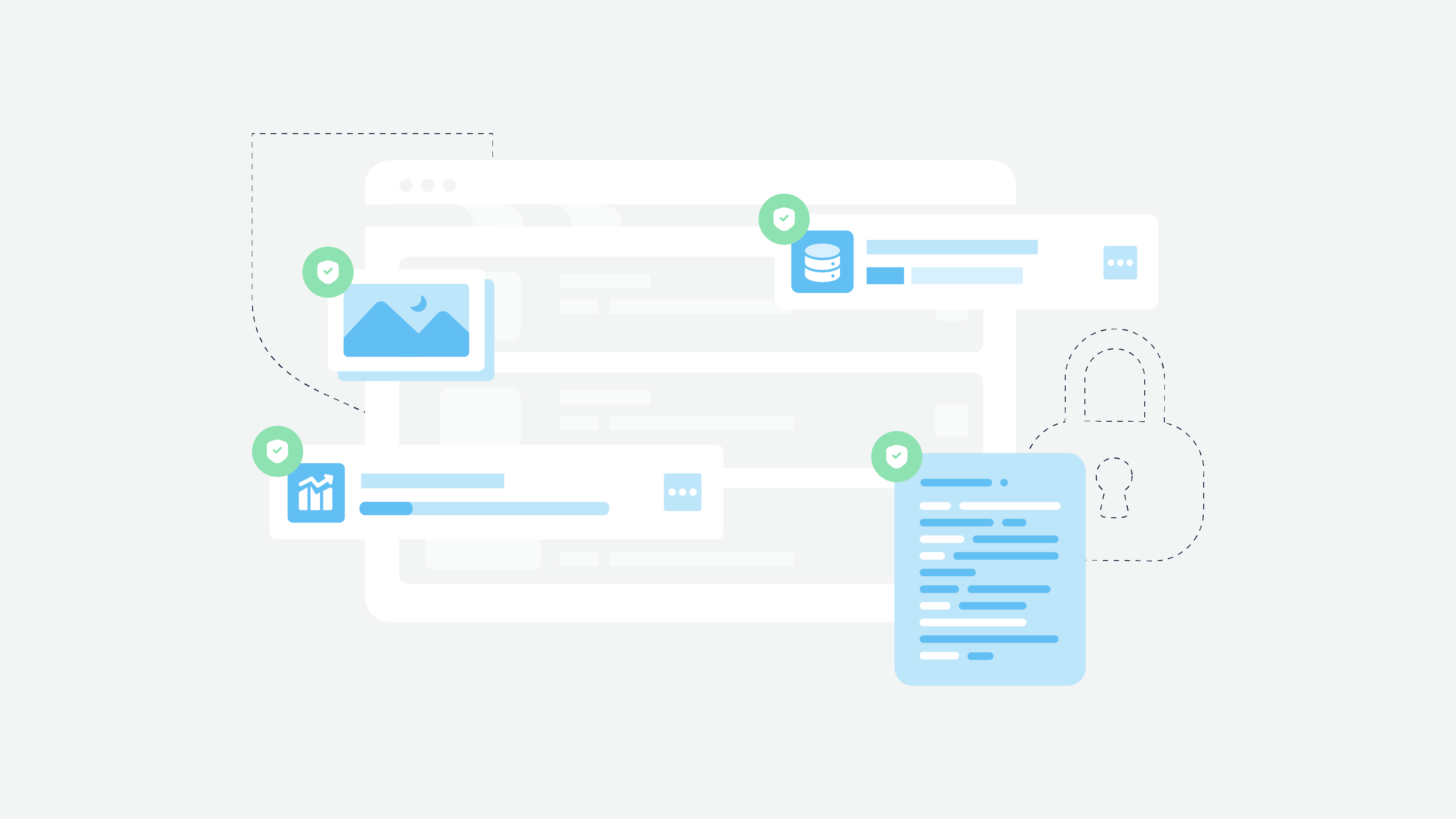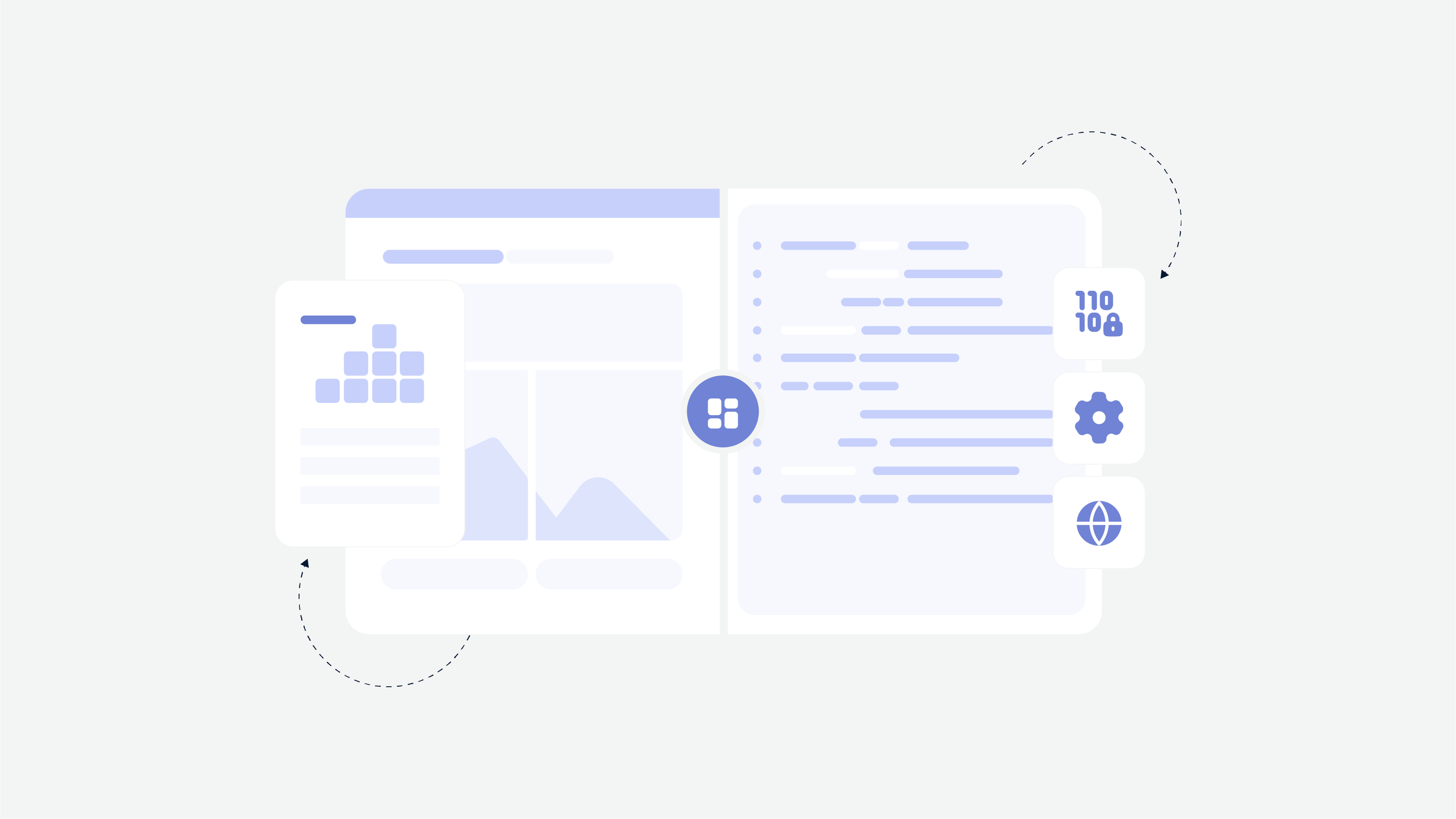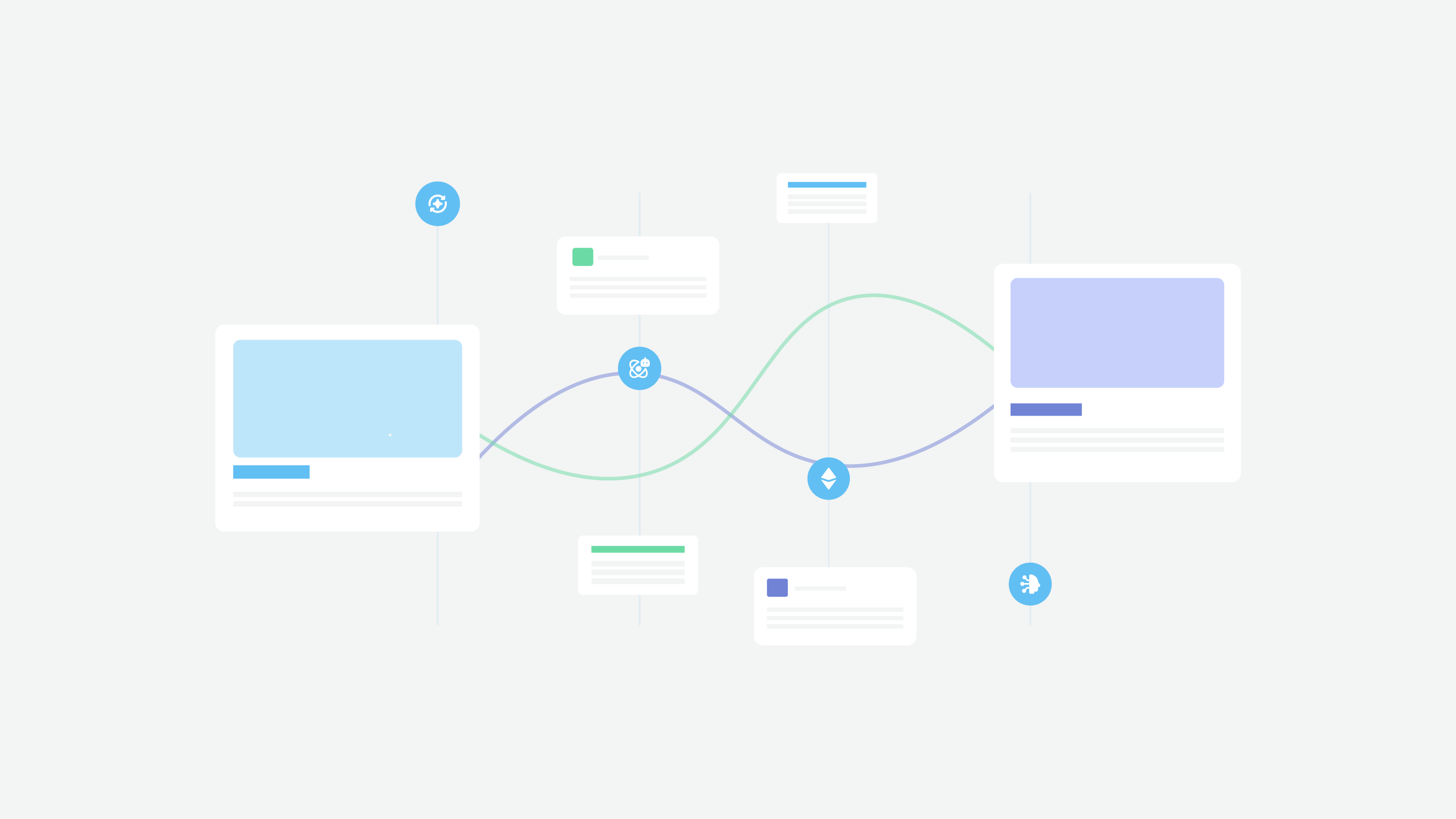First, it is interesting to note that a ridesharing market size is expected to reach $220 billion by 2025, at a %20 CAGR, according to Carsurance statistics. You can be the one who will contribute to these statistics and create an Uber-like taxi app.
However, is there a common sense to compete with the Uber app, you ask? Certainly, yes. You need to work on your marketing strategy and follow the business model of Uber. A guide below will spell everything out about taxi app development.
More About Uber Taxi App
Uber is a breakthrough international service for ridesharing. There are two app versions — for a driver and passenger. The app is available in Europe, Asia, North and South America. The company was founded in 2008 in the US. Uber taxi app represents the combination of advanced information technologies and taxi brands in different countries.
The app’s primary goal is to accelerate and simplify ridesharing from any point in the available region. The app includes a database of passengers and drivers. It serves as a mediator between them and also allows both parties to control the payment process. Both cash and cashless payment methods are available.
How Uber App Works
If you are planning to create a taxi app like Uber, you need to understand how it works. The principle of functionality is not complicated. It has a few steps.
First, passengers create a request for a trip, indicating the pickup and drop off points. The system calculates the trip fare automatically, and passengers can see it before they confirm the request.
Second, passengers confirm the request, and the app starts searching for available drivers nearby.
Third, the available driver confirms the ride or rejects it, and then the app starts searching for another driver.
Fourth, drivers need to add payment cards for cashless payments, and it is an obligatory step for them. As for passengers, they don’t need to add their cards by default if they want to use cash payments.
Fifth, both drivers and passengers have their rating system. The higher the rating score is, the larger number of trips drivers can take.
Do you need a consultation with professional software developers? Contact Cadabra Studio!
The calculation of fares depends on time, distance, and traffic. When there is a rush hour, the fare will be higher accordingly.
Understanding the Business Model of the Uber Taxi App
Based on the functionality of the Uber app, we can single out its business model. You can use it when you build an app like Uber since this business model proves its viability.
The taxi driver. Uber has no car fleet, so anyone who has a driver’s license and a car in good condition can apply to become an Uber driver. So your app creates hundreds or even thousands of new jobs.
The passenger. Passengers can quickly download the app and start using it after a short registration. They can track a car location on their phones. The main advantage of Uber lies at relatively low costs for taxi rides. You can use it as well.
The fare and payments. Fares vary depending on peak hours and off-peak hours, car type (economy, standard, luxury cars). Passengers may perform cashless payments and not waste their time while a driver is looking for change. Payments are appropriately secured.
Reasonable Profit. As for Uber policy, the fare is divided into 75% to the driver and 35% to Uber. When you create an app like Uber, the fee amount may differ depending on competitors and marketing situation in your region. However, Uber drivers can earn more compared to conventional taxi services.
Essential Tips To Consider Before Starting A Taxi App Development
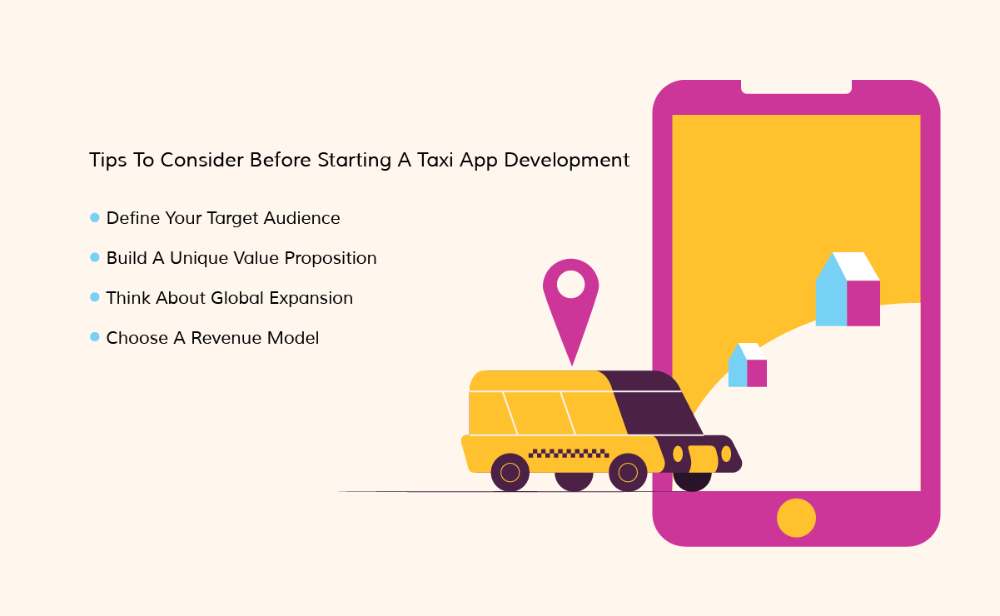
How to create a taxi app like Uber that will multiply your profit? It is not enough to use the business model of Uber. You need to keep up with some useful tips that will help you build a solid ground for your future ridesharing app.
Define Your Target Audience
Your task is to define the target audience in the region you plan to create an app for. Once you chose the right target audience for your app, you will be able to consider all related UX design nuances and make an app according to the preferences of target users. For example, in India, Uber app is significantly different from Uber in the US due to the other target audience.
Build A Unique Value Proposition
When you do market research, you should analyze how to stand out among the crowd and be competitive. What are the differences between your app and the Uber taxi app? If there are none, your app cannot provide a unique value proposition to your users. Thus, add exciting features or a system of rewards that will capture potential drivers and passengers’ attention.
Think About Global Expansion
When you make an app like Uber, you should consider global expansion in the future if you want to achieve new heights. Uber is available in more than 80 countries around the world. Okay, maybe there is no need to expand business around so many countries, but you will get an additional bonus if it becomes international.
Choose A Revenue Model
It is a must-have step since you need a proven method to gain a profit when you create your own rideshare app. You can choose one model or combine them as well.
Fees. It’s a standard model used by Uber and other taxi apps. For a start, you can set 10-15% of the total ride cost. Then, if the app’s popularity grows, you increase the fee amount. Besides, taxi delivery costs can also be charged to passengers.
Partnership. You can partner with other companies (no matter what they are engaged in) and promote their services in your app for an agreed cost. In turn, they may also share interesting information about your app.
Advertising. A good option for local advertising, and it is the most convenient monetization method used in apps. But don’t overload an app with ads, don’t make it too obtrusive.
Comply With Legal Regulations
Remember that your business should be legal, and it must comply with all local regulations and laws. When you analyze all details on how to create a rideshare app like Uber, you should also get acquainted with local laws concerning taxi app development. Do your business honestly — it is the best way.
Fraud Prevention
Unfortunately, some drivers may use fake location apps to cheat the system and get additional rewards. You can read Uber Engineering Blog to find out how Uber solves such issues using AI (artificial intelligence). Your mission is to let drivers earn but play a fair game.
What About Uber App Templates?
Probably, you can come across ready-made templates for Uber apps on the Internet. Such templates may save your time and budget since they contain pre-installed MVP features, UI kits, and other necessary components.
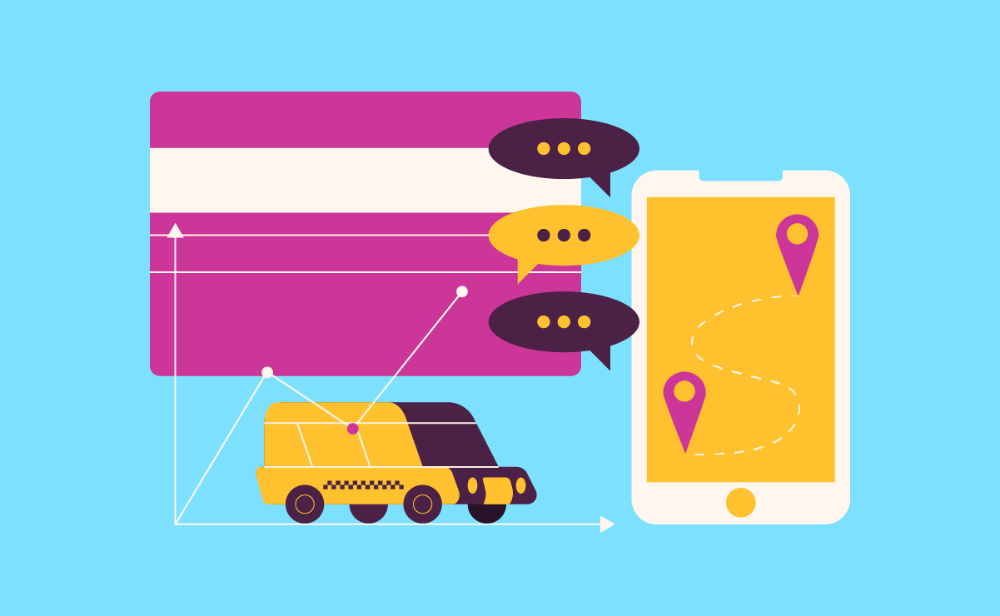
You can buy a template, but keep in mind that you will get a limited clone of the Uber app that won’t be different and unique. So we recommend you to hire a taxi app development company like Cadabra Studio that will build a first-rate product from scratch, and it will be created considering all your requirements.
Challenges To Know About
Each app development process has its pitfalls, and you should always stay tuned. Forewarned is forearmed, you know. So here, you will find three significant concerns to consider.
Security. How to make a rideshare app that will increase the loyalty of both parties? Safety comes first — that’s the rule. Your app must contain specific requirements for taxi vehicles. The driver must upload photos of their cars to let your support team verify it and confirm or reject it.
If it is in the state of disrepair or the car model is too outdated, the driver cannot use this car in your app. Passengers need to be confident that your vehicle won’t be the reason for a car accident.
Also, your app should contain all contact details of passengers and drivers to prevent any harassment or attempts to kill or rob.
Competition. Giant competitors like Lyft or Uber aren’t going to share their success with you. So you need to think about new ways to provide outstanding service and make your app different from existing ones.
Local adaptation. If you are going to expand your app’s geography and make it available in other countries, mind that you need to localize the app in that region — change language, currency, and consider all local marketing particularities. Perhaps, you will even need to rebuild an app. So be prepared for this.
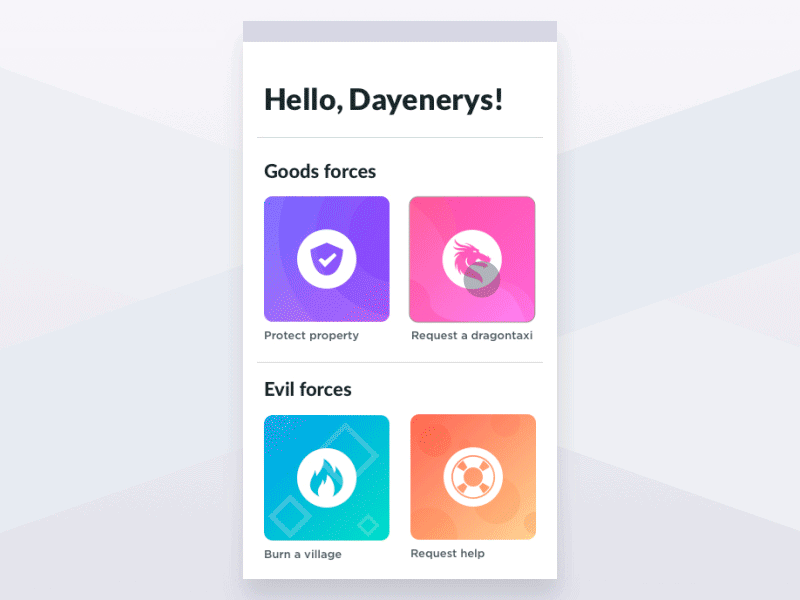
Don’t you know how to overcome the challenges of your app? Get in touch with our specialists to get all the information.
Necessary Steps On How To Create A Ridesharing App Like Uber
Now we reached the section containing the information on how to create a rideshare app and launch your service successfully. Traditionally, you will find a step-by-step guide below.
Technical Audit & Research
This first stage includes everything we discussed above — app idea evaluation, market research, competitor analysis, and requirements determination. Also, you need to define the scope of work and start with an MVP. It is recommended to build a minimum viable product first and test it. In the future, you will be able to modify the app and add more features.
Choose A Platform
Android or iOS? This decision can be complicated. However, we recommend you to build an app for one platform first. How to start a ridesharing business with one Android platform, for example? If you monitor the app’s popularity, its key metrics, and you will see positive results — it is the right time to create another app for iOS and cover a wider audience.
Surprise Users With Design
UI and UX design of your new taxi app cannot replicate the design of Uber. But it must be as neat and user-friendly as Uber design. Fancy design is the key to the answer “How to make a successful rideshare app?”. The main goal of your app is to let passengers book a taxi as quickly as possible.
This article may be interesting for you: How to Estimate Design Hours
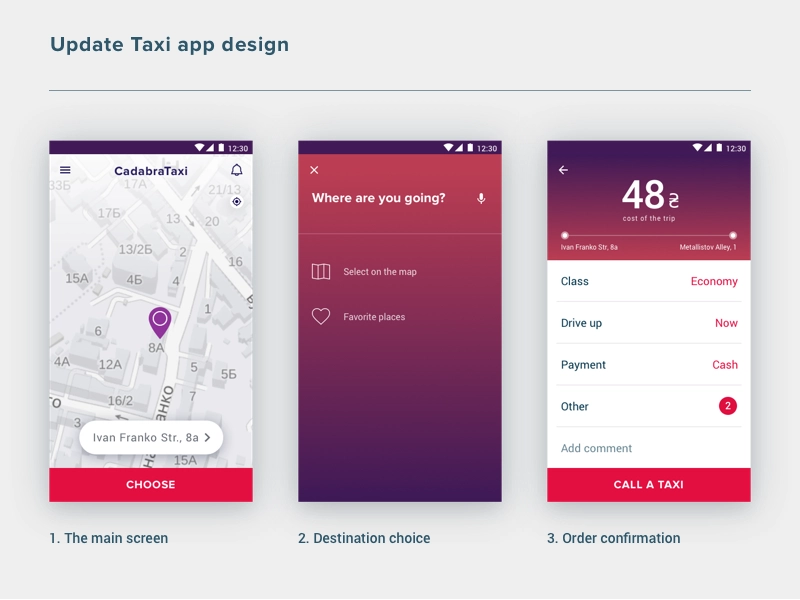
When you test an app, read users’ feedback to know how easy it is for them to use your app, whether they feel comfortable when navigating through your app. Attractive elements and visually capturing design will be the right decision.
Add Must-Have Features
If you remember, the Uber-like taxi app has two versions — for passenger and a driver. That is why each app version should have its features. And we will start with the passenger app.
Registration. Users need to register using a social login and a phone number. The phone number and personal details may be enough because the passenger profile should be linked to a personal number by default.
Taxi booking. Here passengers may enter pickup and drop off points as well as add any comments for drivers.
Location of the driver. Integrated maps API and GPS tech allow passengers to track the real-time movements of drivers on the map.
Cost calculator. Before passengers confirm the request, they can see the final cost of a ride. The system calculates it automatically.
Payment integration. Passengers can easily add their payment cards (use reliable payment gateways only to secure the process) or choose payment by cash.
Chat. Passengers and drivers may chat with each other to clarify the necessary information, or passengers may use a phone number to call a driver.
Notifications. Push notifications contain all up-to-date information about car delivery, time, payment, etc.
Rating/reviews. Passengers should always be able to see the rating of each driver and read reviews about them.
History. All rides should be stored in the app’s database to let passengers check it at any time.
Support. If there are controversial situations or any problems appear, passengers can communicate with a support team to resolve issues.
These features are enough for an MVP. What about the driver app version? Let’s look through its features.
Profile. Drivers can register only when providing ID details, vehicle details, etc. The profile will also include a driver’s status, whether they are available for a ride or not.
Ride request. Drivers can see all information in the request like passenger details, location, ride details, etc.
Route optimization. This feature helps drivers choose an optimal route to take a passenger to the destination.
Notifications. Like in the passenger app, a driver can see all necessary information timely since it will pop up on the mobile app screen.
Reports. All statistics regarding rides should always be available for drivers.
Chat. Communication with a passenger is a must.
Apart from passenger and driver apps, it is necessary to create an admin panel as well. You will use it as an app owner to manage all relevant app components, such as location, fares, driver and passenger data, booking, vehicle, ratings, etc. The admin panel will be available as a web page.
Hire Taxi App Developers
If you don’t know how to hire a dependable software development team, you read our guide on hiring the best app developers, list companies on Clutch.co, and check their profile. Remember that you don’t need to opt for a company that is located in your region only. Offshore software development services is the best choice to save your budget and hire a team that will meet all your expectations.
Besides, it will create a high-quality taxi app for you. The company will provide you with useful insights on how to create an app like Uber. And it will perform proper quality assurance, conduct all necessary types of testing, and help you with app deployment and release.
Before hiring developers you should sign an NDA with App Developers, so this article may help you: nda for app development (template is included)
Build A Customer Support Team
You need to hire employees who will help drivers and passengers solve related issues. Remember that you need to train employees on how to communicate wisely with both parties and provide them with timely assistance.
Tech Stack For Your Uber-Like Taxi App Development
As you know, there is no specific toolkit that is always used for the development of any app — everything depends on the specification requirements and particularities of each project. But we want to list the primary technologies that are often used in ridesharing apps.
Programming languages: Swift (iOS), Java/Kotlin (Android), Ruby/Node.js (backend).
Database: MongoDB, MySQL, PostgreSQL
Cloud servers: Google Cloud Platform, AWS, Microsoft Azure
Frameworks & libraries: React, Backbone.js, Flutter/React Native (for cross-platform app)
Device location: CoreLocation Framework (iOS), Google Location Service API (Android)
Direction for drivers: MapKit (iOS), Google Maps Android API
Maps: Google Maps (both platforms)
Payment gateway integration: Braintree, Stripe, PayPal, Google Pay, Apple Pay
Push notifications: Firebase Cloud Messaging, Twilio
What is the first step of the software development process? You need to contact reliable developers, so just do it.
How Much Does It Cost To Build An App Like Uber?
Finally, what about the taxi app development cost? How much money do you need to invest in the development of an Uber-like app? The price is based on UI/UX design creation, native mobile app development, and back-end development. Its cost may vary depending on the country and size of the company.
– UI/UX design. If you hire an enterprise-level company, the cost of design for a rideshare app may start with $15-20K. A mid-sized company like Cadabra Studio will charge about $4-8K for a capturing UI/UX design. Small companies or freelance designers may take about $1-3K for a design.
– Development. Native app development for one platform in a large company will cost you about $30K and higher. A mid-sized company can provide you with a cost between $10-20K approximately. Small companies may build an app for about $5-8K. Besides, backend and web panel development will require additional investments.
Note that all figures are approximate, and it is impossible to estimate the full cost to build an app like Uber without a detailed request. You can read our article about web development request for proposal and use its template for a mobile development request as well.
Now you know how to make an app like Uber correctly. The last thing left to do is to hire the Cadabra Studio team and let us make your project real and functional. It’s never too late to launch a new business — a journey of a thousand miles begins with a single step.
See also our guide on how to create an Uber-like app for lawn care business.



